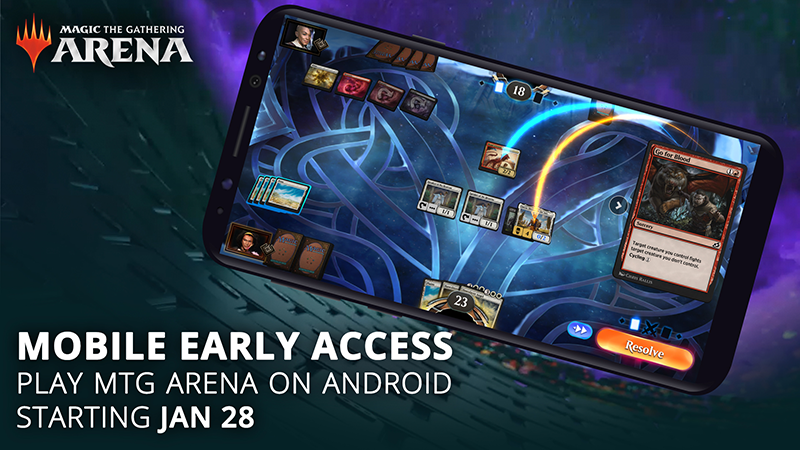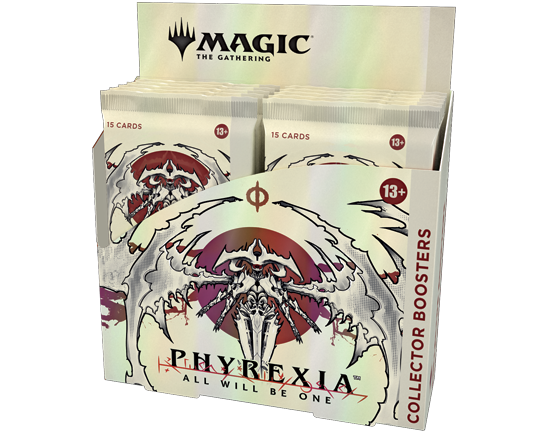Recommended News On Choosing Magic The Gathering Cards
Wiki Article
What Exactly Is Mtg? Magic: The Gathering Trading Cards?
Magic: The Gathering (MTG) is a collectible card game invented by mathematician Richard Garfield and published by Wizards of the Coast. It was released in 1993, and has become a massive success since then.
Gameplay- Players are skilled wizards who play with decks with magic creatures, artifacts, or spells to take on their adversaries.
Cards – There are different kinds of cards, including creatures, spells, or artifacts. Other cards include planeswalkers, lands, and planeswalkers.
Deck Building - Players construct their decks by using at least 60 cards, and they can use different colors of mana.
Game Objectives: Players need to reduce the opponent's total life to 20 using spells, creatures and cards strategically.
Trading Cards
Collectorship- MTG cards are collectible, with varying designs, rarities and capabilities, which makes certain cards sought-after by collectors and players.
Sets and expansions- The game releases sets and updates regularly including new cards, mechanics, or themes to the gameplay.
Value and Market - Some cards, in particular difficult to find or rare cards, may have significant financial value in the secondary market where players can buy, sell and trade cards.
The different formats and styles of play
Standard- The most recent set and a card pool that rotates.
Modern, Legacy, and VintageLet cards from older sets to cater to a variety of preferences and strategies.
Draft and Limited Formats Sealed formats allow players to build decks out of a small pool of cards. These formats can add a random element and strategy.
Community and Competitions-
Local and global community- Players gather in game stores at conventions and tournaments for trading, socializing and playing.
Competitive Play - Organized play is comprised of championships, tournaments as well as professional events that offer substantial prize pools.
Cultural Impact-
MTG has a dedicated fanbase and has also influenced other games and media such as comics, novels video games, as well as online content.
Magic: The Gathering, in general is a complicated strategy-oriented card game that provides players of every degree a different experience. Have a look at the most popular trade mtg cards for blog info including magic market, best decks in magic, mtg top cards, sell mtg cards, magic the gathering magic, buy mtg, sets in mtg, magic gathering set, cards shop, mtg magic and more.

What's The Point Of Magic: The Gathering Artifact Card? What Are The Advantages And Disadvantages Of Magic The Gathering Artifact Cards?
Magic: The Gathering has artifacts that are not creatures, land cards, however they instead are magic objects, devices and constructs. They usually have special effects or capabilities. Their pros and cons are listed below.
The versatility of artifacts is that they have diverse impacts. They can provide mana and boost creatures draw cards, manage the board or even serve as win conditions. Their versatility makes them a great choice for a variety of deck strategies.
Permanent effects- Once positioned on the battlefield, the artifacts will remain until they are removed. They can provide ongoing advantages or effects that alter the game for the duration of the game.
Colorless Nature - Many artifacts do not have a color-specific nature. This makes them able to be included in different color decks without affecting the mana consistency.
Synergies- Artifacts can work with other types of cards, such as creatures, enchantments, or spells which can result in powerful interactions and combos which can improve a player's game.
Cons-
The vulnerability of artifacts is that they can be targeted and destroyed through specific spells or effects that target artifacts. Cards that specifically interact with artifacts can also damage or neutralize them.
Resource Costs: Some strong items come with a large mana cost, which makes them difficult to use during the beginning stages of a game. This can impact a player's strategy and leave them vulnerable during their first turn.
Artifact Removal Strategies and opponents might focus on the removal of artifacts. They could make them less effective or remove entirely from the game.
Dependence on Other Cards Some cards may need assistance from a second card to reach their full potential. If they do not have the support they require, their effectiveness is limited.
Artifacts, as with other types of cards have a major role to play in deck building and strategy. They provide unique effects that are able to enhance various game strategies as well as their flexibility to be used in different deck archetypes makes them valuable assets in many Magic: The Gathering decks. It is crucial to take into consideration the cards' vulnerability to being removed and their dependence on other cards when creating decks. Follow the top rated magic singles for website info including mtg card lot, highest price mtg cards, magic the gathering buy, magic decks, magic formats, sell magic the gathering cards, trading cards, magic card sets, magic tcg decks, cards shop and more.

What's The Goal Of Magic: The Gathering Land Card? What Are The Pros?
Magic The Land cards in the game are vital for the game. They provide the mana required to use cards as well as cast spells. Here are a few of their advantages and disadvantages.
Mana Generation - Land cards provide the majority of mana needed to play the game. Mana is created by tapping lands, which can be used to cast spells, summon creatures or activate capabilities of the other cards.
Stability: Once played, the land cards remain on your playfield, and they will continue to provide mana at each turn.
Different types lands produce mana of various colors. They enable players to access certain colors needed to cast spells with the same colors in their deck, helping to provide consistent access to mana kinds.
Certain cards offer additional abilities Certain cards have additional capabilities that go beyond just creating mana. This includes drawing cards, increasing life, and activating other effects.
Cons-
The land cards are restricted in their use. In contrast to other types of cards, they are primarily used to generate mana. They don't have a direct impact beyond mana generation.
Potential vulnerability to DestructionThe vulnerability to destruction Lands can be targeted by certain effects or spells which specifically target land that could result in players being deprived of their mana reserves or disrupting their ability to cast spells.
Limitation on Use Per Turn. Players are generally limited to playing only one landcard per turn. This limits the amount of Mana they could produce in a single round.
Opening Hand Balance- Drawing a few too many lands or a lot of lands in the early stages of the game can negatively impact a players ability to advance his strategy or cast spells.
Land cards form the foundation of any Magic: The Gathering deck and provide the mana required to cast other spells and to play. Their presence in constant supply is essential to executing strategies and using powerful cards. However, their limitations beyond mana generation and vulnerability to specific effects should be considered in deck construction and gameplay strategy. Check out the top rated sell magic the gathering collection for website advice including mtg top cards, sell magic cards, magic and gathering cards, magic tcg, magic tcg prices, magic the gathering cards collection, buy magic the gathering cards, best magic of the gathering cards, mtg cards cost, buy magic the gathering cards and more.
